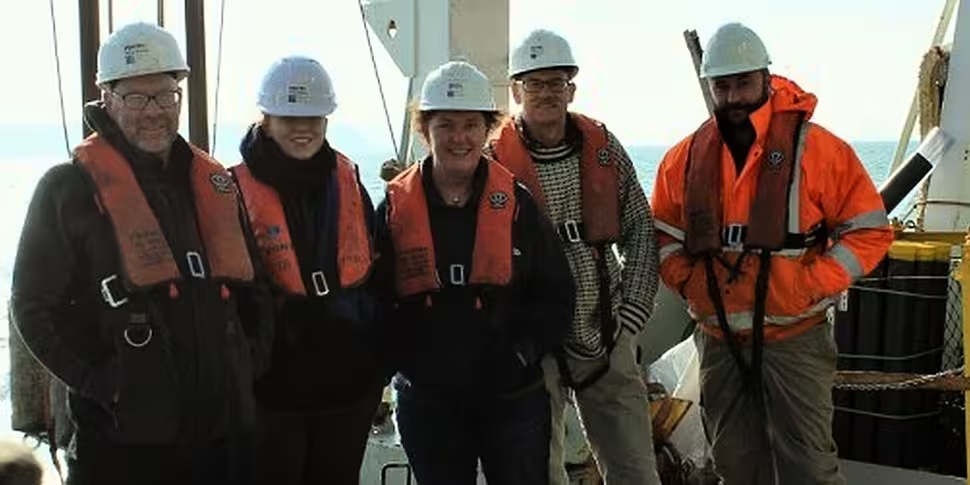IT Sligo has joined a research team from the University of Bradford which has set out to explore the Irish Sea.
Along with University College Cork (UCC) and the Irish Marine Institute, the group will carry out an expedition to explore submerged landscapes between Ireland and Great Britain.
Following the last Ice Age, large areas of habitable land were submerged following climate change and sea level rise across the world.
Globally, the sea level rose around 120 metres and an area more than twice that of the modern United States of America was lost to the sea.
Beneath the waves of the Irish Sea is a prehistoric 'palaeolandscape' of plains, hills, marshlands and river valleys, which researchers say is expected to contain evidence of preserved human activity.
This landscape is similar to Doggerland - an area of the southern North Sea, and currently the best-known example of a palaeolandscape in Europe.
Doggerland has been extensively researched by Professor Vince Gaffney, principal investigator of this project, known as Europe's Lost Frontiers.
Image: lostfrontiers.teamapp.com
Professor Gaffney said: "Research by the project team has also provided accurate maps for the submerged lands that lie between Ireland and Britain and these are suspected to hold crucial information regarding the first settlers of Ireland and adjacent lands along the Atlantic corridor."
To provide this evidence, sediment is currently being taken from 20 sites by the Irish Research Vessel RV Celtic Voyager in Liverpool and Cardigan Bays.
This research started on Wednesday and will continue until Sunday February 25th.
The findings will then be studied by an international research team.
Dr James Bonsall is from the Centre for Environmental Research Innovation and Sustainability (CERIS) at IT Sligo.
He is also the chief scientist for this phase of the research.
"It is very exciting as we're using cutting-edge technology to retrieve the first evidence for life within landscapes that were inundated by rising sea levels thousands of years ago.
"This is the first time that this range of techniques has been employed on submerged landscapes under the Irish Sea.
"Today we perceive the Irish Sea as a large body of water, a sea that separates us from Britain and mainland Europe, a sea that gives us an identity as a proud island nation.
"But 18,000 years ago, Ireland, Britain and Europe were part of a single landmass that gradually flooded over thousands of years, forming the islands that we know today.
"We're going to find out where, when, why and how people lived on a landscape that today is located beneath the waves".










